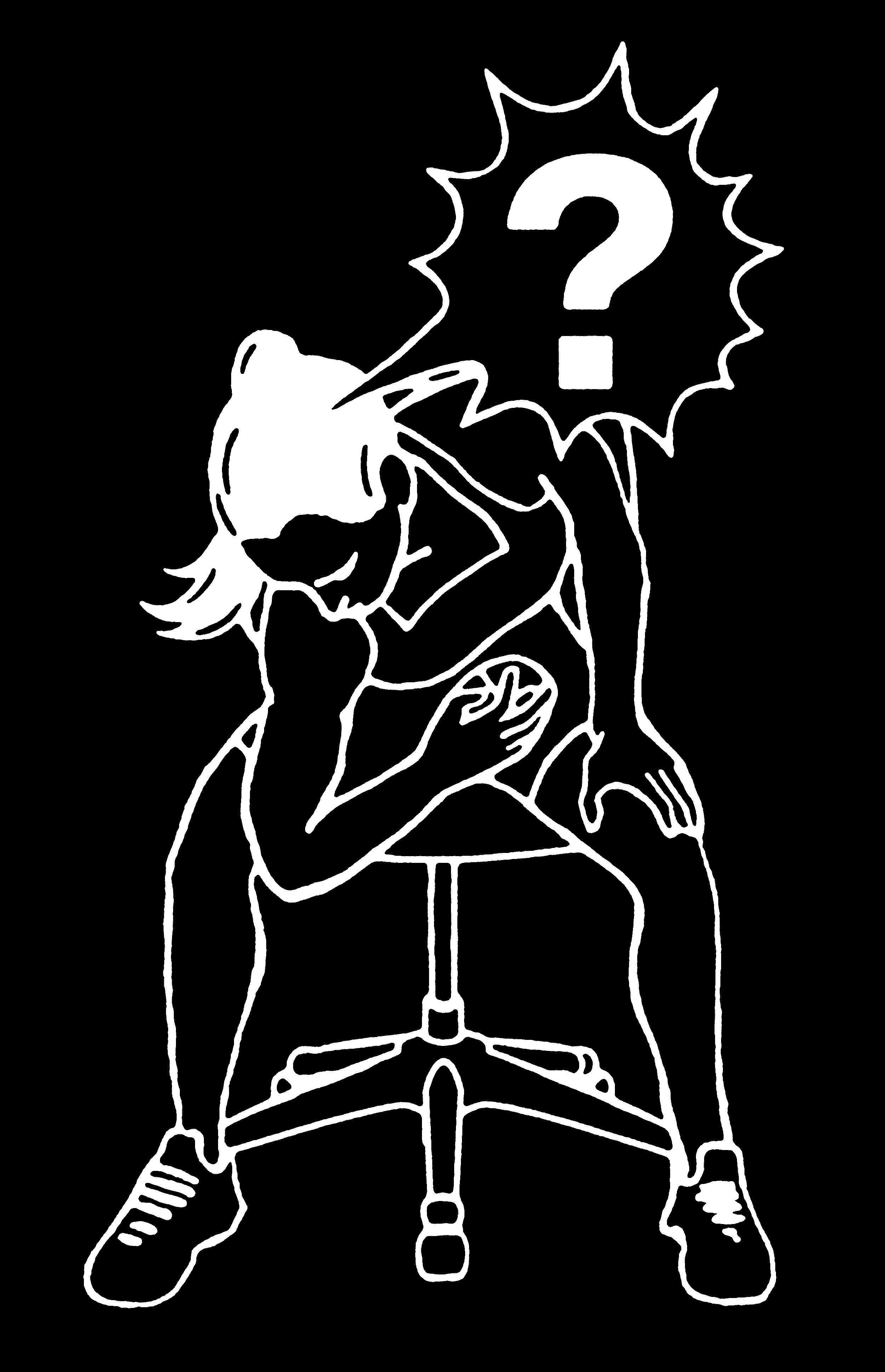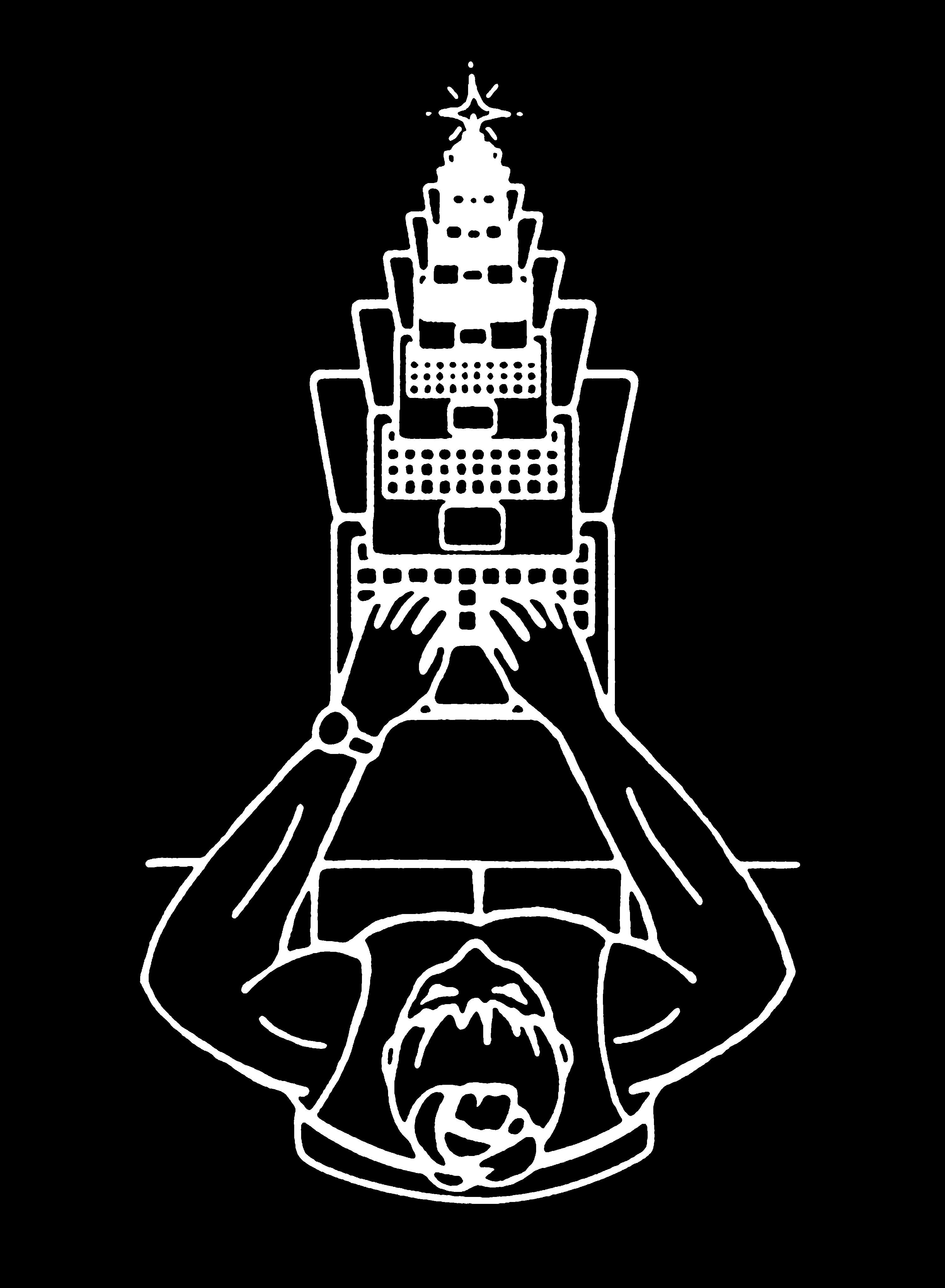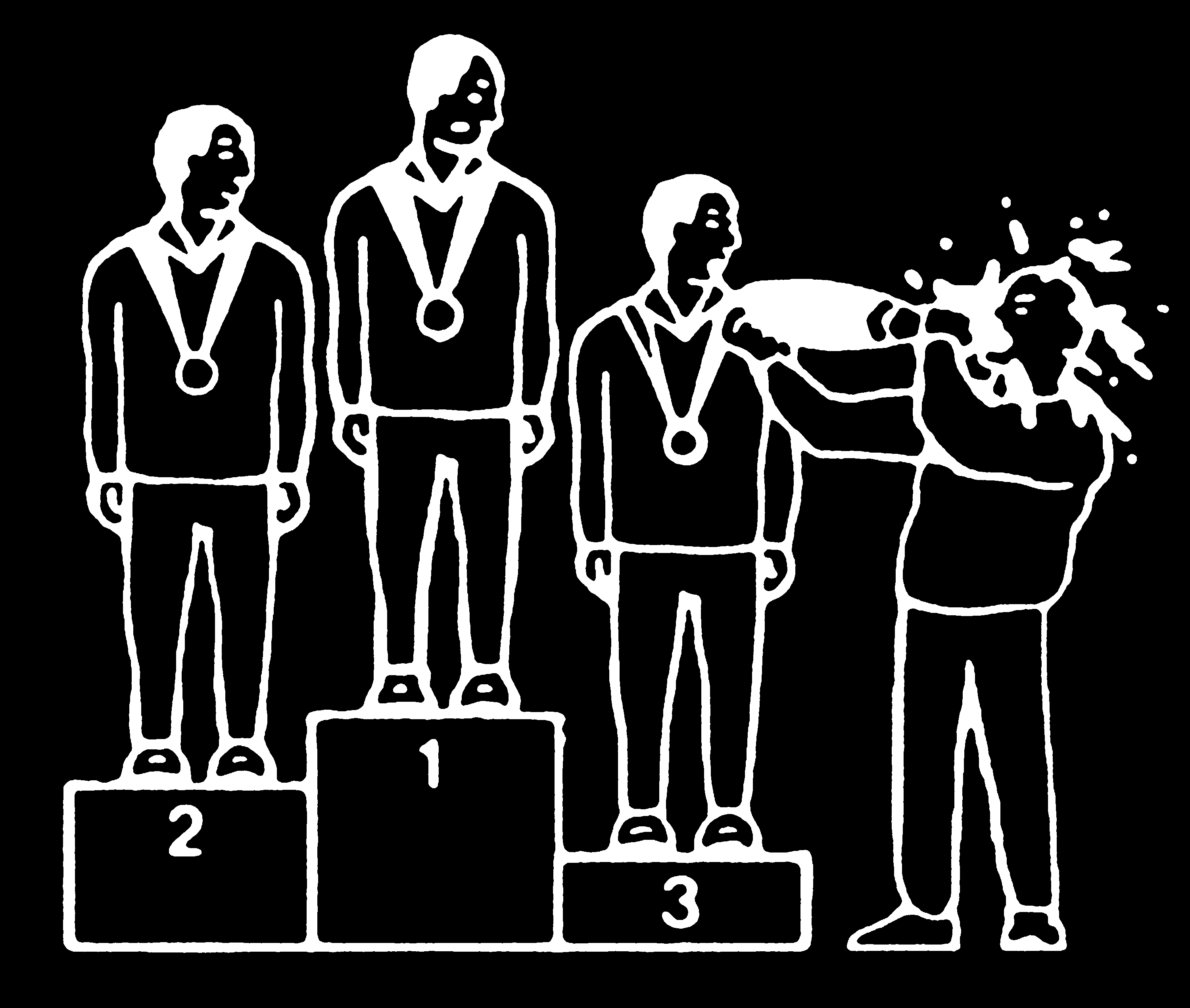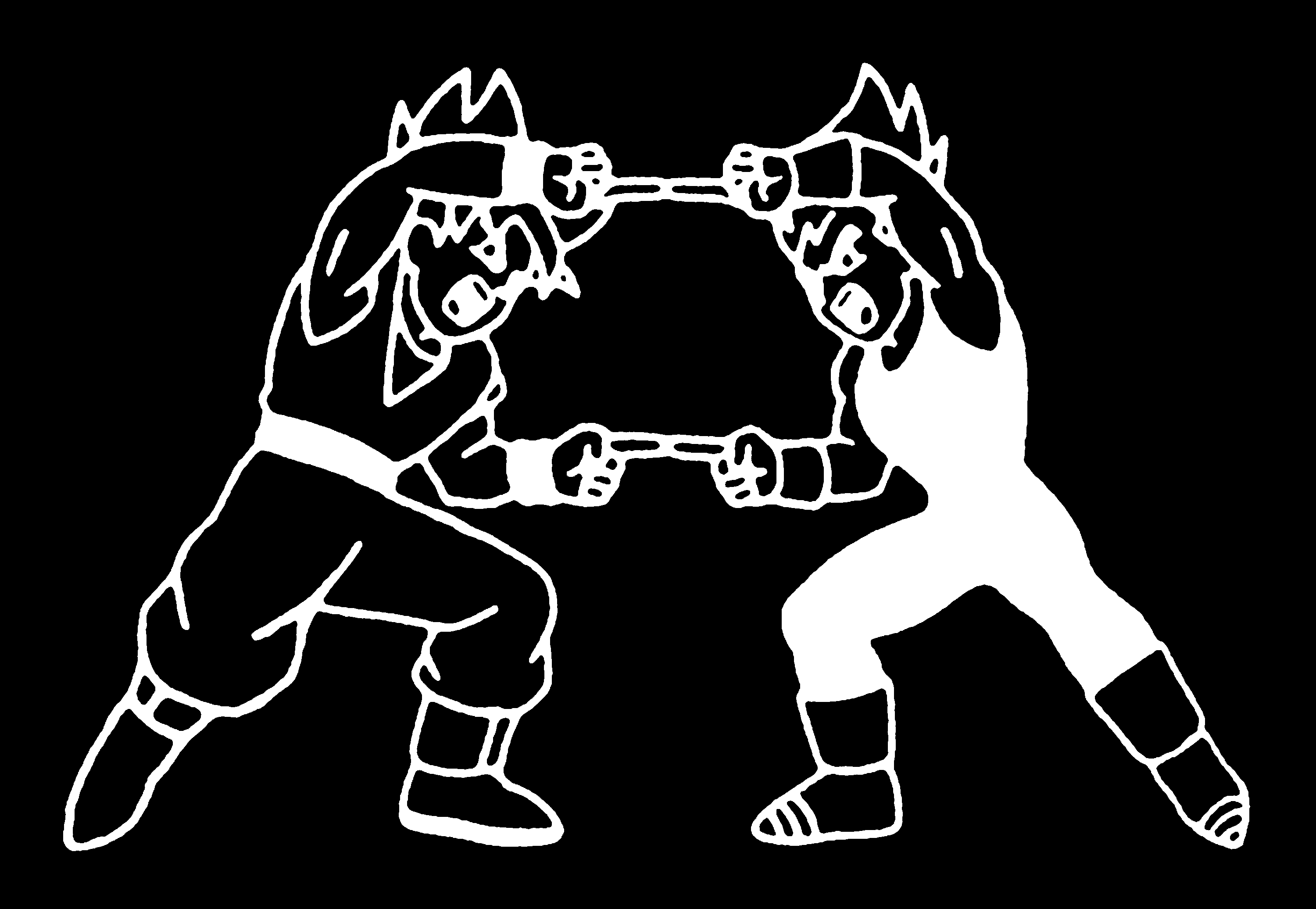1

The primary constant in graphic design is the communication of a message through visual means, with typography (visualized language) and/or imagery. Rules in graphic design often concern themselves with achieving a measurable success of this type of communication within a specific context. However, these methods of communication are constantly evolving with time and technology, and no context ever remains fixed. As a result, the rules themselves—including those outlined here—are always in flux. While understanding and learning are crucial (knowledge is power!), we should constantly challenge and question all acquired knowledge of graphic design.
2

The line that divides art and graphic design can be blurry. While art often reflects or responds to the wider world, its most basic expectation is to help clarify and articulate an individual artist’s emotions or thoughts. Graphic design diverges from visual art in that it is intentionally created with and for society. We turn to graphic design to give aesthetic form to non-visual art, data, and literature, making it a powerful tool that can be used equally for good or harm. Without it, aesthetic meaning fades, and society risks slipping toward fascism and monoculture. We must recognize graphic design as equal to other design fields and separate from art because of its significant semiotic influence on society.
3

For graphic design to receive the respect it deserves, it needs to be standardized and given context. There is no better name for the practice of “graphic design” than “graphic design.” Attempts to rename it—whether to specify the practice (such as “communication design”), tie it to economics (“commercial art”), or align it with technology (“digital design”)—only undermine this standardization, including at the highest levels of academia. Advertising, for instance, exists merely as a subset of graphic design, as it is simply graphic design with a singular primary goal: messaging aimed at selling products. Increasing the amount of written critique that defines these contexts within the broad umbrella of graphic design will strengthen and elevate the practice.
4

One of the involuntary effects of graphic design is the creation of work that is disseminated, spread throughout visual culture, and even ripped off. When this happens, we should consider it a mark of success. However, turning a blind eye to the power dynamics that allow those with more resources and influence to profit by exploiting the aesthetics of those with less is unacceptable. Tools like mood boards—a collection of images pooled for visual research—while valuable for inspiration, risk fostering a culture of lazy replication when not used responsibly. It is one thing to take intentional inspiration and conduct visual research (and to give credit when you do), but graphic designers should never lazily collage a collection of influences ripped from their original context.
5

Graphic design did not start in Switzerland, the Bauhaus, or Europe alone. Rooted in the earliest forms of human expression, it is as ancient as the dawn of language. The lack of documentation and acknowledgment of non-Western graphic design in the Western world should be reversed, and we should allow room for the contexts that have long gone ignored in Western design education.
6

As technology advances, graphic design evolves alongside it, and its influence must be critically examined. The dominance of specific software companies has led to certain trends, often at the sacrifice of visual diversity. For instance, the limited typefaces in some software or restricted filters in certain visual languages contribute to a visual monoculture. To counter this, designers should avoid relying solely on industry-standard tools like Adobe or Figma, which promote visual conformity, and explore open-source software and analog solutions. Companies often invest heavily in these tools and mandate their use, limiting designers’ ability to experiment. Only through solidarity and a curiosity to break free from these artboards can we combat institutional pressures to conform.
7

As the current dominant visual tech-world trend, artificial intelligence (AI) art reduces the act of visual creation into a hollow imitation, mirroring capitalism’s obsession with profit over meaning at a great environmental cost. While AI can be used with a proper understanding of its limitations, it is not a replacement for the human hand, which will always understand communication and context better than models trained on past visual works.
8

Social media is currently one of the most effective ways for graphic designers to succeed in an increasingly competitive field. However, the companies that operate these platforms often prioritize engagement over content quality, frequently at the expense of users’ mental health. When we rely on social media metrics, we jeopardize the quality of our work in favor of short-term engagement and diminishing returns.
9

Graphic design competitions are of little value when it comes to measuring success. The entry fees for these competitions are often prohibitively high for individuals, favoring already successful companies that can afford to participate. These companies primarily use graphic design competitions to justify the existence of designers in organizations where their contributions are often undervalued. Competitions like Young Guns impose additional barriers by using age restrictions, discouraging older designers from entering the profession. We should avoid creating work solely for the purpose of entering competitions and, whenever possible, disengage from this system entirely.
10

Graphic design, as it currently exists under capitalism, advances the economic system’s goal of endless growth, often sacrificing human well-being and the planet. While graphic design has the potential to create a positive impact by bringing beauty into everyday life or conveying valuable information at crucial moments, capitalism often redirects resources away from these purposes. The very system that exploits creativity for profit also stifles design’s potential for a world beyond this system, alienating individuals who are simply trying to survive and likely lack the time or means to challenge it. Only by prioritizing quality, context, and the message of graphic design—while showing solidarity with society regardless of the harm to business—can we truly design harder.